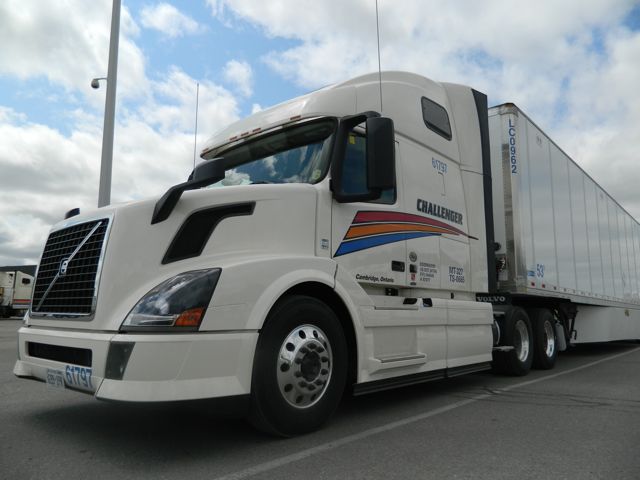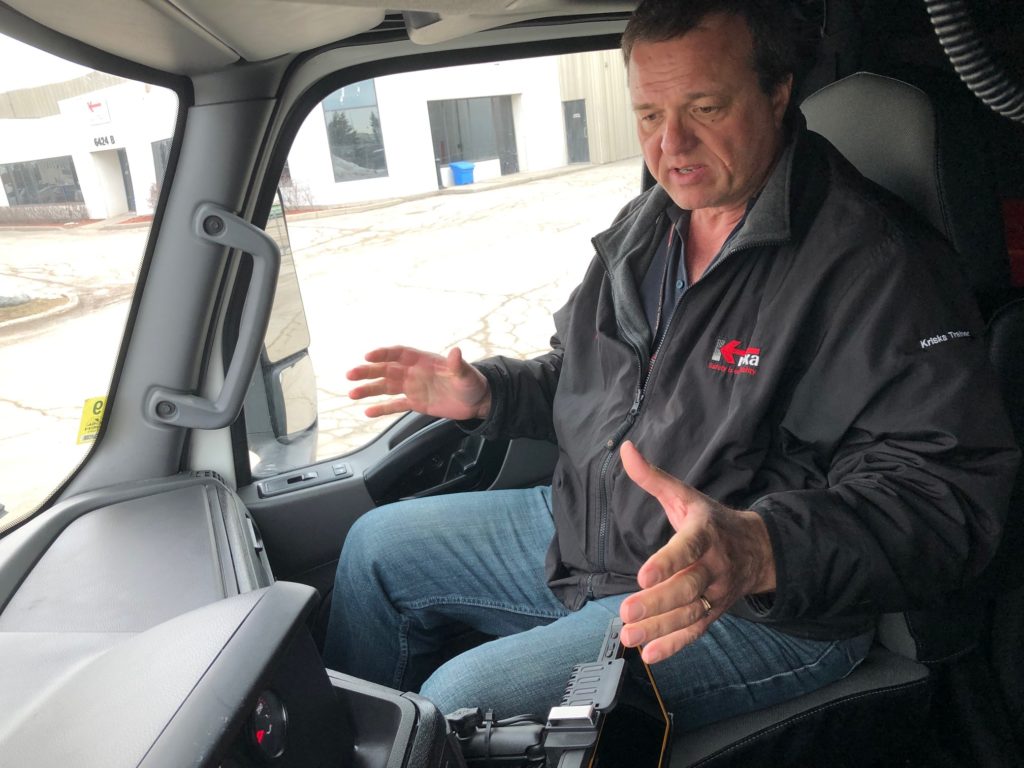The importance of a strong finishing program
TORONTO, Ont. – Carriers that hire entry-level drivers need to provide additional training, document it, and continue monitoring their performance after putting them on the road.
Companies that don’t employ a strong finishing program, or can’t prove it, can find themselves without insurance or worse, causing a crash and fending off nuclear verdicts. The Truck Training Schools Association of Ontario (TTSAO) brought together its carrier and insurance groups to discuss finishing programs during a virtual meeting Nov. 25.
Anatomy of a finishing program
Steve Newton, director of safety and driver development with Challenger Motor Freight, outlined the company’s four-phase finishing program. It generally runs about eight weeks but is adapted based on a driver’s progress.
“It’s based on skill, not time,” Newton said.
Each phase must be graduated before moving onto the next one. Phase 1 focuses on in-yard training, such as backing, pre-trip inspections, load balancing and other tasks drivers need to know before hitting the highway.

Once those skills are mastered, drivers move onto Phase 2, which focuses on trip planning, on-road knowledge, and cornering. By now drivers are proficient at backing and cornering, the two leading types of accidents at Challenger.
In Phase 3 the driver is sent out on the road with a driver-trainer for further coaching. And Phase 4 involves two to three weeks of over-the-road training. Drivers are graded and coached daily through the program.
Drivers who don’t progress can be cut from the program, but if they have the right attitude and skillset, the company will spend as many as 13 weeks getting them through.
All this comes after a full mandatory entry-level training (MELT) program. Experienced drivers who come to Challenger but fall short of its skills requirements are put through a variation of the program. Challenger calls this Polished Training.
“Everyone without a year’s experience will have some form of that training program,” said Newton. “We develop a specific plan just for them.”
Adapting to Covid-19
Kriska Transportation Group also offers an in-depth finishing program for entry-level drivers, but it has undergone significant changes in response to the Covid-19 pandemic. Recruiting manager Caroline Blais said the pandemic “has had a dramatic impact on how we select drivers for our program, and a really significant impact on our ability to hire and train newly-licensed drivers.”
Between applicants showing up without the necessary skills, and those asking to be taken in under the Driver Inc. misclassification model, Kriska has chosen to be more selective about who it takes into the program. On top of that, fewer hires want to go into the U.S. due to the fast spread of Covid-19 there.

“We have gotten a lot of feedback from drivers expressing concerns that the risk is so much higher in the U.S., and it has really had a dramatic impact on our training program,” said Blais, noting 95% of Kriska drivers run the U.S.
That has meant downsizing its instructor team from 15 trainers, to four, putting more emphasis on the pre-employment road test before accepting applicants into the program.
“That first road test is critical,” said Blais. “It changed how we evaluate students. Instead of any of our city trainers doing the pre-employment test, only our training supervisor and yard instructor are allowed to do it now.”
From there, those instructors develop a plan on how to custom-train that entry-level driver.
“How can we tailor our training delivery to make it specific to that individual?” Blais said.
One of the changes to the program is to provide more yard training up front, including lots of tight turns and backing.
“We used to take a new driver, put them with an over-the-road instructor right away and they were immediately going to the U.S. But we’ve already determined, based on the pre-employment road evaluation, that they can drive in a straight line,” she said.
With the early emphasis on yard work, the OTR instructor starts off with a better quality driver, reducing frustration and increasing the chance of success. The new approach has ultimately benefited Kriska, Blais said.
“We are feeling confident that the change we made has been good for the company and good for the caliber of person we are putting through the program,” she said, adding the company continues to reimagine its approach to training.
The insurance perspective
Insurance reps on the panel praised both carriers for the quality of their training programs, and urged other companies to follow suit. Properly documenting that training is equally important, they emphasized.
“As insurers, we suffer from SBN – Suspicious By Nature,” said Lisa Arseneau, broker, commercial solutions with Staebler Insurance. “In insurance, everything needs to be documented. We want to be able to walk in, see your process, look at it, feel it, smell it. Unfortunately, having SBN makes us say if it wasn’t in writing, it didn’t happen.”
“Always document it, always do what you say.”
Lisa Arseneau, Staebler Insurance
Documentation should include weekly monitoring sheets and driver-trainer accreditations and qualifications. Insurance visitors may look for prefilled training sheets, incomplete training sheets, and generally shoddy recordkeeping as red flags.
“These are things that are indefensible in court,” said Arseneau. “My big thing is, always document it, always do what you say.”
Scott Creighton, director, risk services, transportation and logistics with Northbridge Insurance agreed. “Make sure you do what you say, and put the right drivers on the road. Make sure they are safe. Can you sleep at night? Nuclear verdicts are not going away anytime soon.”
And don’t forget to have refresher training for trainers, he added, especially as new technologies are deployed in the fleet. All this training will not only protect a carrier from crashes and hefty verdicts, but will also help with driver retention, Creighton added.
“What we are seeing is, drivers now want training. It’s not like before where they thought of it as punishment. Now, if you don’t have a good training program a lot of people don’t want to work there,” he said.
Have your say
This is a moderated forum. Comments will no longer be published unless they are accompanied by a first and last name and a verifiable email address. (Today's Trucking will not publish or share the email address.) Profane language and content deemed to be libelous, racist, or threatening in nature will not be published under any circumstances.